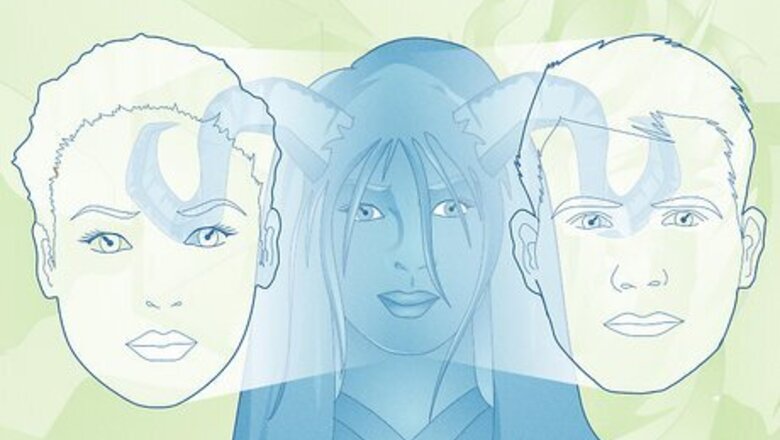
views
What is Mask of Many Faces in D&D?
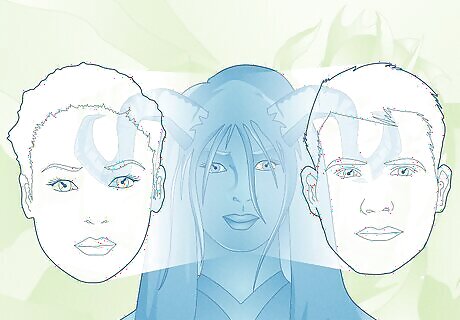
Mask of Many Face is an eldritch invocation from the warlock class. Warlocks have a class feature in D&D 5e called “invocations,” which they start getting at level 2. Each invocation grants warlocks extra eldritch abilities—and Mask of Many Faces is one such invocation. Mask of Many Faces allows warlocks to cast the Disguise Self spell at will without using a spell slot. Normally, spell slots are required to cast spells—and if a player character (PC) uses up all their spell slots, they can’t cast another spell. Because Mask of Many Faces lets you cast Disguise Self at will, you can do it whenever you like—whether or not your PC has spell slots.
How does Disguise Self work?
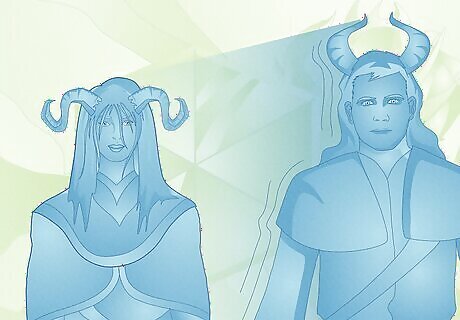
Disguise Self can change your character’s overall appearance. You can alter your PC’s clothing, weapons, and other gear. You can also make them look 1 foot taller or shorter and alter their body shape—so long as the illusory appearance still has the same basic arrangement of limbs. Disguise Self is essentially a sustained illusion, though it doesn’t require concentration. Casting time: 1 action Range: Self Target: Self Components: Verbal and somatic Duration: 1 hour School: Illusion
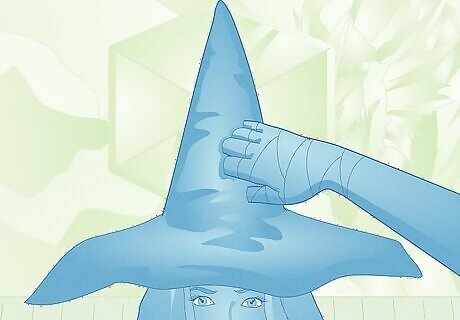
Other creatures can see through the spell’s illusion. Disguise Self is detectable, and the illusion it creates might not always hold up when someone looks closely at it. Objects can still pass through parts of your PC that are pure illusion, and creatures can use an action to inspect the disguise. If they succeed in an Investigation check against your PC’s spell save DC, they spot the illusion. For example, if you use Disguise Self to make it seem like your PC is wearing a tall, pointed wizard’s hat, someone else’s hand could still pass through that space if they waved it above your PC’s head. Similarly, if you made your PC’s body look wider or taller than it normally is, someone who hugged them could still feel their real body underneath the illusion.
How to Use Mask of Many Faces
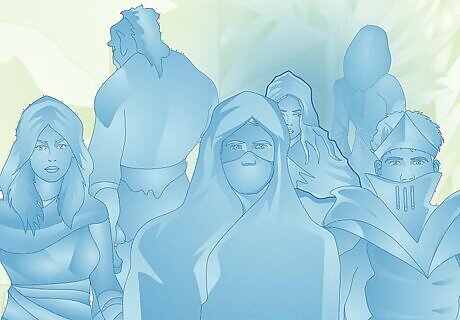
Hide from enemies and blend into crowds. With a nondescript disguise, you can evade suspicion and slip past people who might be looking for your PC. Use Mask of Many Faces (and, by extension, the Disguise Self spell) in moments when your PC might need to vanish or make a quick escape; they can hide in plain sight! For example, say soldiers chase your PC down a busy street. They could duck into an alley, use Mask of Many Faces, and look like someone else to avoid detection.
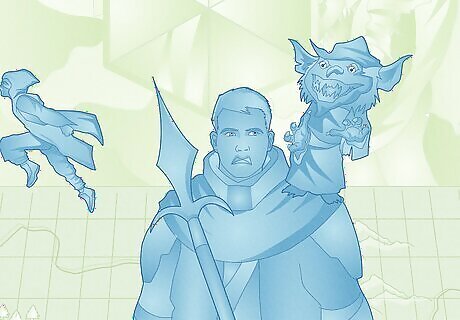
Create a diversion or distraction. Want to cause a stir without a certain character (or group of characters) knowing who’s behind the commotion? Mask of Many Faces can help your PC draw attention without anybody recognizing them—which can be helpful if the rest of the party is doing something covert. For example, if the party needs to sneak into a building, you could use Mask of Many Faces to disguise your PC as someone else and distract everyone around so the party can continue unnoticed.

Infiltrate a restricted area. Need to find out what a nefarious cult is up to or get a firsthand look at a crime syndicate’s operations? Disguise yourself as a member of either organization and stroll through the front door! Mask of Many Faces can be your PC’s ticket to get into areas they wouldn’t normally be allowed to access. For example, say there’s an exclusive ball, and only certain nobility are invited. You could use Mask of Many Faces to make your PC look like a noblewoman and get into the ball!

Make your character more convincing (or deceptive). It can be much easier to bluff your way through a conversation or persuade an NPC (non-player character) to see things from your perspective when your PC is in disguise. Use Mask of Many Faces when there’s a chance it’ll make your PC seem believable in roleplaying situations. For example, if you wanted to convince a group of guards to let you into an evil wizard’s tower, you could take on the guise of their superior officer (or the wizard themselves) and demand to enter.
Spells & Features to Use with Mask of Many Faces
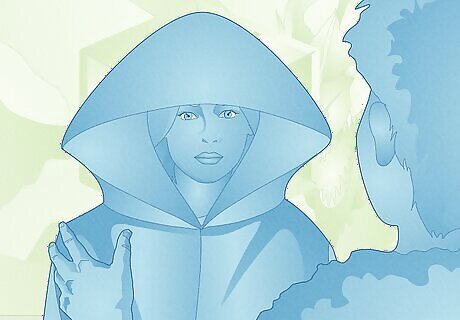
Friends cantrip The Friends cantrip is a simple spell that grants advantage on all Charisma checks against an affected creature. The downside is that your target will know you cast the spell on them once it ends—but while it lasts, you could easily use a combination of Friends and Mask of Many Faces to convince and coerce anyone in your way. Advantage means you’d get to roll 2 d20s on a Charisma-based ability check and take the higher result, making you more likely to pass the check.
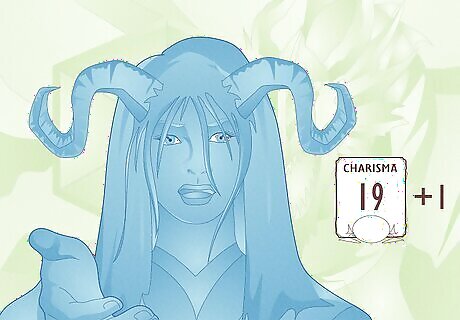
Actor feat The Actor feat works incredibly with Mask of Many Faces. Alone, Actor grants a +1 to your PC’s Charisma score and lets them mimic speech or sounds for at least 1 minute. When combined with Mask of Many Faces, you could get your PC to look and sound like just about anyone—and you’d have advantage on Deception and Performance checks while pretending to be someone else.
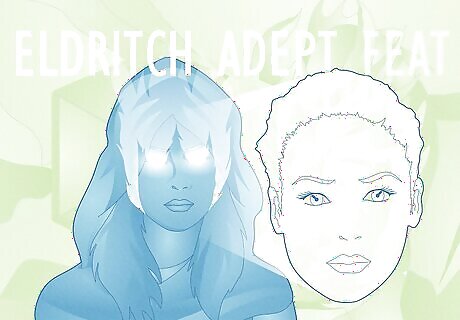
Eldritch Adept feat Do you wish you could use Mask of Many Faces, even though you don’t have a warlock PC? It’s entirely possible; simply give your PC the Eldritch Adept feat, which lets them learn a single eldritch invocation from the warlock class (including Mask of Many Faces). If your PC is a variant human, you can even take this feat at level 1 since variant humans get to pick an extra 1st-level feat. However, spellcasting or the ability to use Pact Magic is a requirement for Eldritch Adept. In other words, if your PC can’t cast spells, they can’t take this feat.

Class features Depending on the class you choose for your PC (whether you start as a warlock and multiclass into something else or take the Eldritch Adept feat), there are several class features that work well with Mask of Many Faces. This is especially true for rogues and bards! For example: Expertise. Bards and rogues get Expertise, which lets them double their proficiency bonus on skills. This can make Charisma checks made with Mask of Many Faces (like Deception) more likely to succeed. Reliable Talent. Rogues get the Reliable Talent feature, which lets them treat any roll for a skill check they’re proficient in that’s less than a 9 as a 10. This can make Charisma (and Stealth) checks easier with Mask of Many Faces. Silver Tongue. College of Eloquence bards can use Silver Tongue, which lets them treat Persuasion and Deception rolls that are less than 9 as a 10 instead. With Mask of Many Faces, this can make Charisma checks much stronger.
Mask of Many Faces in Baldur’s Gate 3
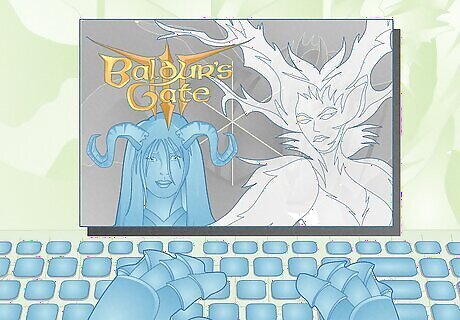
Mask of Many Faces is available to warlock PCs in Baldur’s Gate 3. Baldur’s Gate 3 (BG3)—a popular video game made using the 5e rules and set in D&D’s Forgotten Realms—incorporates many spells and class features from the tabletop RPG. This includes Mask of Many Faces, which is automatically available for all warlock characters when they level up, beginning at level 2. If you want your warlock PC to use Mask of Many Faces in BG3, simply select it as your eldritch invocation of choice when prompted while leveling up. You can spot the Mask of Many Faces symbol on the list while leveling up; it looks like a blue face mask with eye slots.


















Comments
0 comment